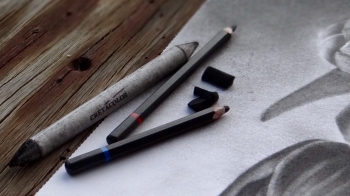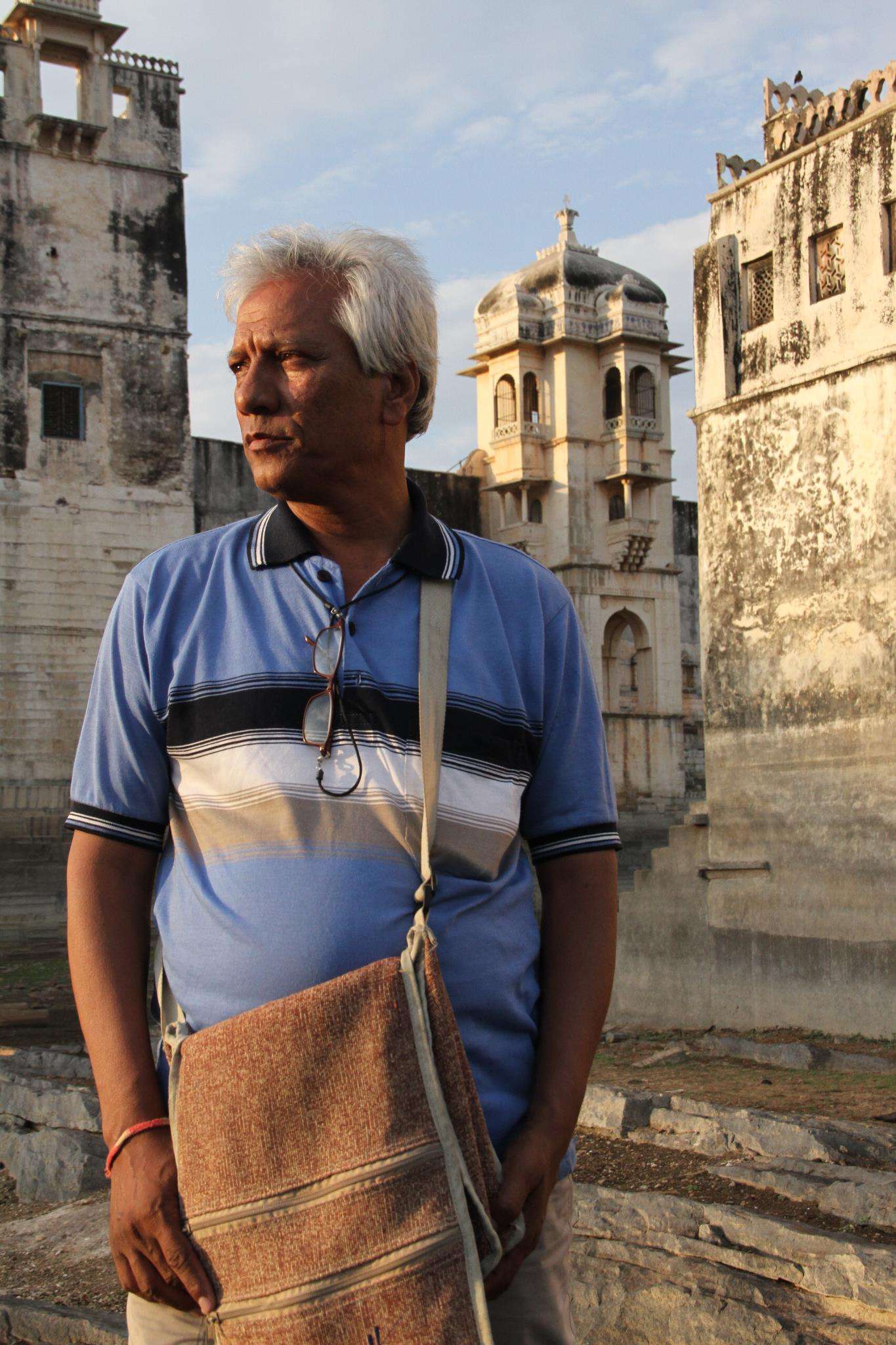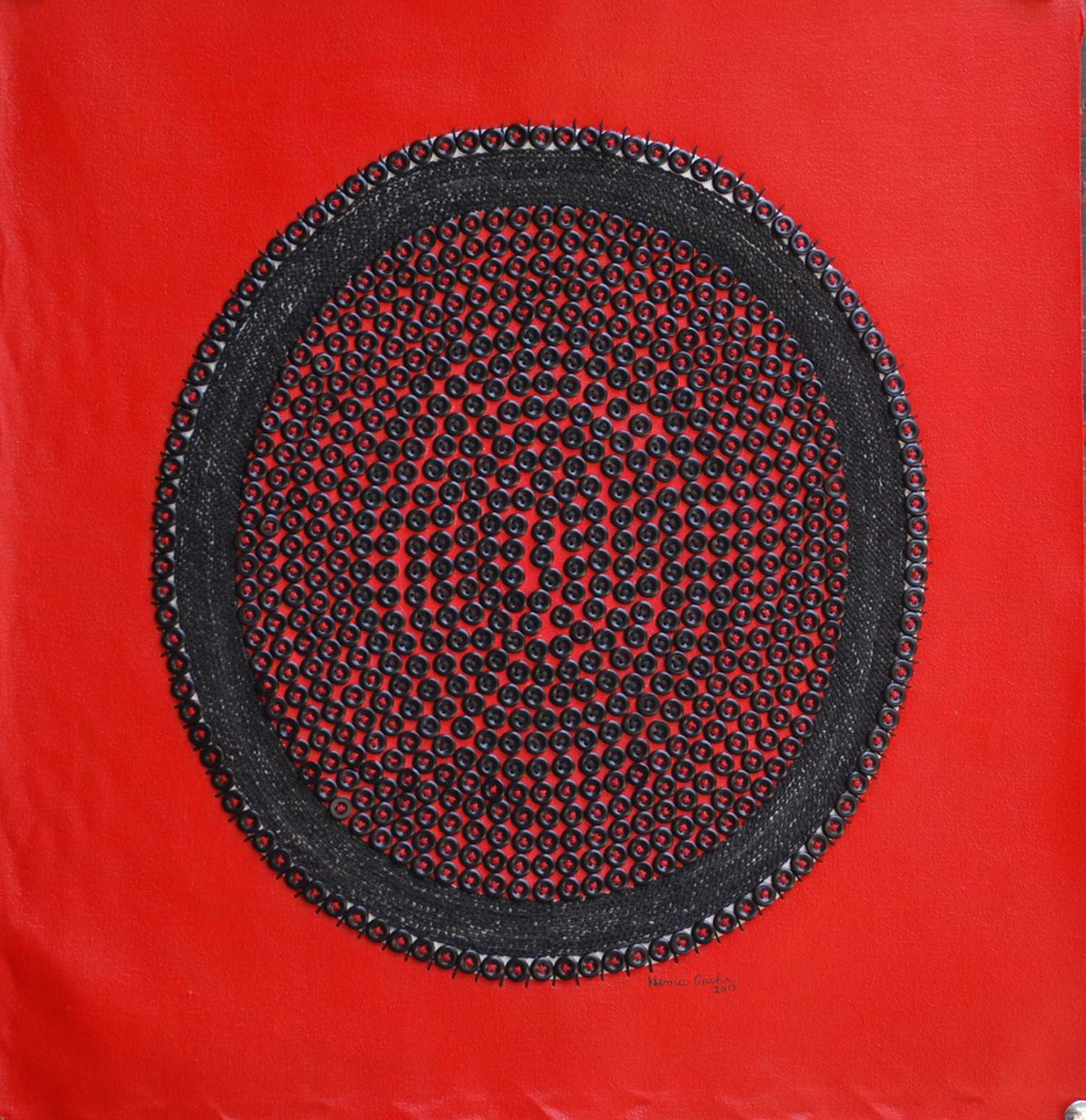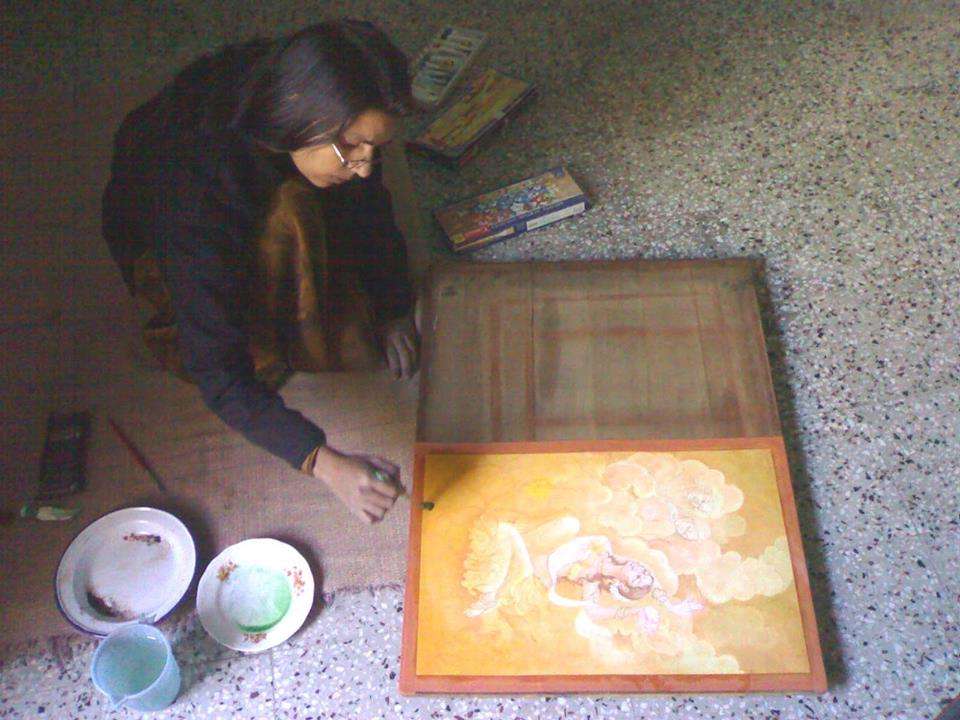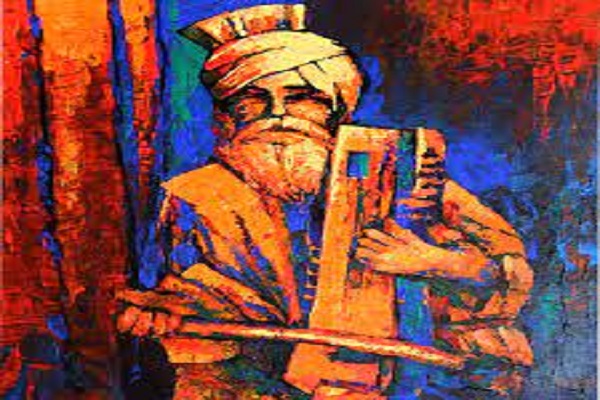
Abstract paintings of famous Hindu gods are a type of figurative art that depict Hindu deities in a non-representational or non-literal way. These paintings are characterized by the use of abstract forms, lines, and colors to convey the essence or spirit of the deity, rather than attempting to depict them in a realistic or literal manner. Abstract paintings of Hindu gods can be created using a variety of media and styles, and are often intended to evoke a sense of mystery, spirituality, or transcendence in the viewer.
Some examples of famous Hindu gods that have been depicted in abstract paintings include Lord Shiva, Lord Vishnu, and Lord Krishna. These deities are central figures in Hindu mythology and are revered as powerful and divine beings who represent different aspects of the universe and the human experience. In Hindu tradition, these gods are often depicted with specific iconographic elements that symbolize their characteristics and roles, and these elements can be incorporated into abstract paintings in creative and expressive ways.
Thus, abstract paintings of Hindu gods offer a unique and innovative way of exploring and expressing the spiritual and cultural traditions of Hinduism through art.
#Type 1: Abstract Paintings of Lord Shiva
Lord Shiva is one of the most revered deities in Hinduism and is often depicted as the supreme god of destruction and transformation. In abstract paintings of Lord Shiva, the artist may use a variety of techniques and styles to convey the essence or spirit of the deity, rather than attempting to depict him in a realistic or literal manner.
Some common elements that may be incorporated into abstract paintings of Lord Shiva include:
- The trident: The trident is a symbol of Lord Shiva's role as the destroyer of the universe, and is often depicted as a central element in his iconography. In abstract paintings, the trident may be depicted in a stylized or symbolic way, rather than being depicted in a literal or realistic manner.
- The third eye: Lord Shiva is often depicted with a third eye, which is a symbol of his divine vision and insight. In abstract paintings, the third eye may be depicted as a stylized or symbolic element, rather than being depicted in a literal or realistic way.
- The crescent moon: The crescent moon is a symbol of Lord Shiva's role as the god of the night and the darkness. In abstract paintings, the crescent moon may be depicted in a stylized or symbolic way, rather than being depicted in a literal or realistic manner.
- The lingam: The lingam is a symbol of Lord Shiva's divine phallus, and is often depicted as a central element in his iconography. In abstract paintings, the lingam may be depicted in a stylized or symbolic way, rather than being depicted in a literal or realistic manner.
#Type 2: Abstract Paintings of Lord Ganesha
Lord Ganesha paintings are a type of figurative art that depicts the Hindu deity Ganesha in a non-representational or non-literal way. Lord Ganesha is one of the most popular and widely revered deities in Hinduism and is often depicted as the god of wisdom, prosperity, and good fortune. Some common elements that may be incorporated into Lord Ganesha paintings include:
- The elephant head: Lord Ganesha is often depicted with the head of an elephant, which is a symbol of his wisdom and intelligence. In abstract paintings, the elephant head may be depicted in a stylized or symbolic way, rather than being depicted in a literal or realistic manner.
- The big belly: Lord Ganesha is often depicted with a big belly, which is a symbol of his love for food and his ability to consume and digest all of the knowledge and experience of the universe. In abstract paintings, the big belly may be depicted in a stylized or symbolic way, rather than being depicted in a literal or realistic manner.
- The small mouse: Lord Ganesha is often depicted with a small mouse as his mount, which is a symbol of his ability to overcome obstacles and challenges. In abstract paintings, the small mouse may be depicted in a stylized or symbolic way, rather than being depicted in a literal or realistic manner.
- The broken tusk: Lord Ganesha is often depicted with one broken tusk, which is a symbol of his ability to overcome adversity and emerge stronger. In abstract paintings, the broken tusk may be depicted in a stylized or symbolic way, rather than being depicted in a literal or realistic manner.
#Type 3: Abstract Paintings of Lord Krishna
Lord Krishna is a major deity in Hinduism and is revered as a protector, guide, and source of spiritual wisdom. Some common elements that may be incorporated into abstract paintings of Lord Krishna include:
- The flute: Lord Krishna is often depicted holding a flute, which is a symbol of his role as a divine musician and the power of his music to charm and uplifts the human soul. In abstract paintings, the flute may be depicted in a stylized or symbolic way, rather than being depicted in a literal or realistic manner.
- The crown: Lord Krishna is often depicted wearing a crown, which symbolizes his divine status and his role as a king and protector. In abstract paintings, the crown may be depicted in a stylized or symbolic way, rather than being depicted in a literal or realistic manner.
- The peacock feather: The peacock feather is a symbol of Krishna's divine beauty and the splendor of his divine nature. In abstract paintings, the peacock feather may be depicted in a stylized or symbolic way, rather than being depicted in a literal or realistic manner.
- The conch shell: The conch shell is a symbol of the power of Krishna's divine voice, which is believed to have the ability to awaken the hearts of his devotees and lead them to spiritual enlightenment. In abstract paintings, the conch shell may be depicted in a stylized or symbolic way, rather than being depicted in a literal or realistic manner.
Conclusion
In conclusion, abstract paintings of Hindu gods are a unique and innovative way of depicting these deities in a non-representational or non-literal manner. These paintings use a variety of techniques and styles to convey the essence or spirit of the deity, rather than attempting to depict them in a realistic or literal way. Some examples of famous Hindu gods that have been depicted in abstract paintings include Lord Shiva, Lord Ganesha, and Lord Krishna. These deities are central figures in Hindu mythology and are revered as powerful and divine beings who represent different aspects of the universe and the human experience.
If you are interested in purchasing abstract paintings or paintings of Hindu gods to add a spiritual touch to your home or office decor, including Lord Ganesha paintings, then consider IndianArtIdeas.in, which is an online marketplace for Indian art. IndianArtIdeas.in offers a wide selection of paintings, sculptures, and other artworks by talented Indian artists, and is a great resource for collectors and art enthusiasts.











